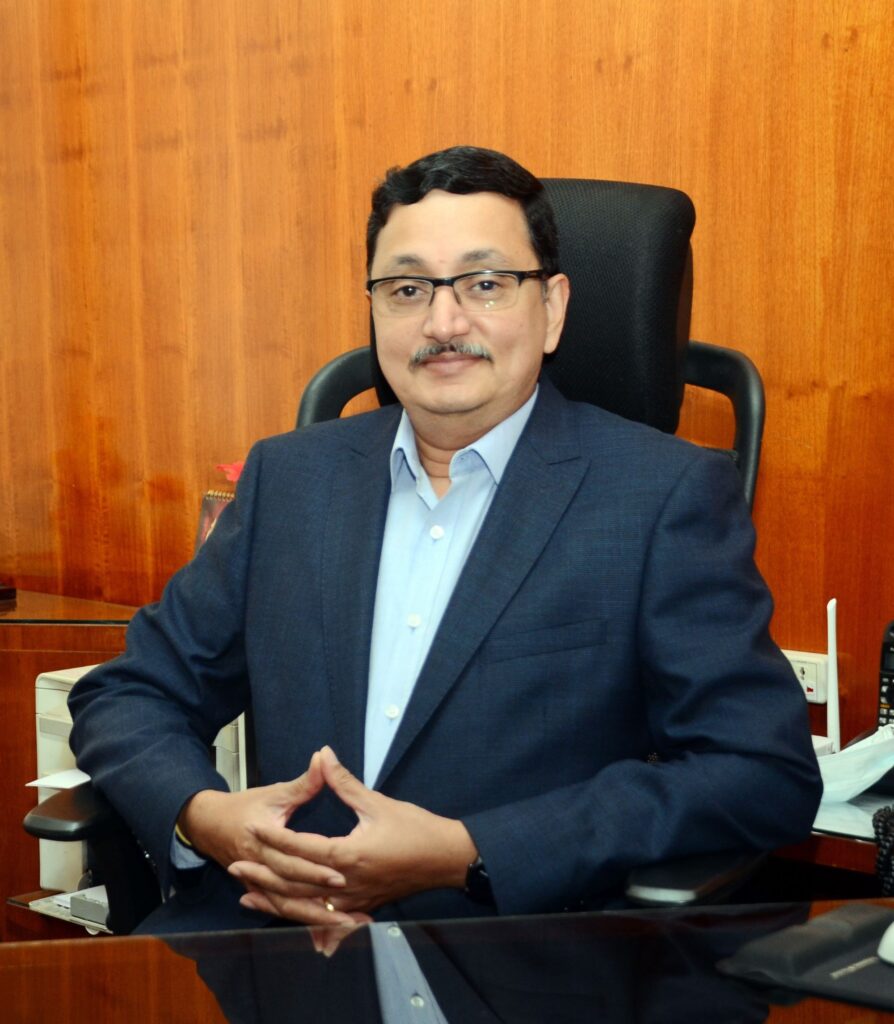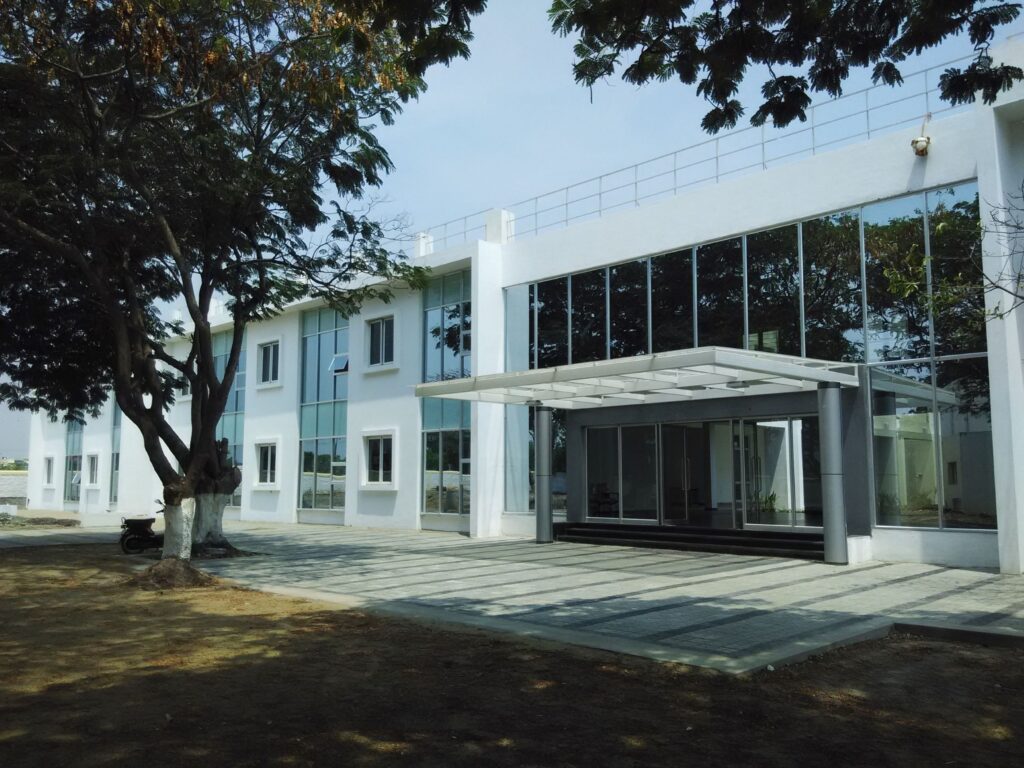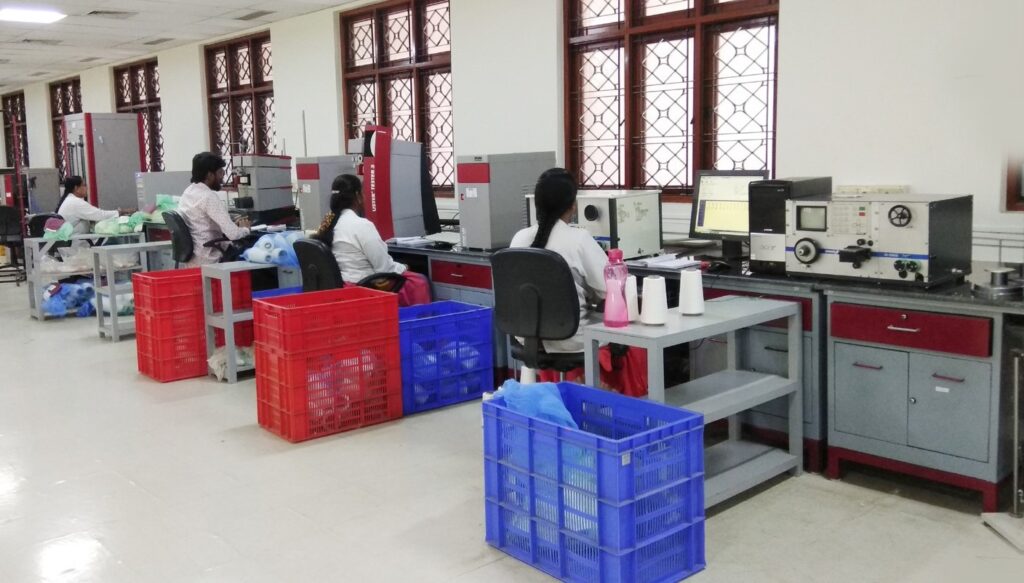The South India Textile Research Association (SITRA) has emerged as one of the premier textile research organizations in the country. For nearly 70 years, it has played a key role in driving the growth of one of the key clusters of the Indian textile industry.

In a comprehensive interview, Dr Prakash Vasudevan, Director of SITRA, shared insights on various topics, including the establishment of an exclusive research facility for man-made fibres (MMF) and technical textiles, the team at SITRA, training programs, and its future plans.
Current Initiatives
Starting with SITRA’s current initiatives, Dr Vasudevan stated, “At present, our focus is more on value added textiles including synthetic textiles. Traditionally, SITRA has worked with cotton and its processes, such as spinning, weaving, knitting, and processing. However, recently, our focus has shifted towards synthetic textiles due to the changing requirements of the textile industry, strongly influenced by factors like cotton price fluctuations, market conditions, the need for diversification/ value addition. There is also an increasing demand for technical textiles. Therefore, we aim to support the MMF industry.“
Support for the MMF Segment
Dr Vasudevan elaborated on the initiatives to support the MMF segment: “Currently, we are utilizing our existing infrastructure. Additionally, we plan to set up an exclusive product development centre by the end of this year. This facility will enable small-scale production of yarn, fabric, and dyeing with minimal quantities of fibre, which is particularly useful for expensive and exotic fibres. Regular machines cannot handle such small quantities, so we will have miniaturized processes available.“
Industry Trends and Shifting Focus
Addressing the reasons behind the focus on MMF, Dr Vasudevan explained, “The industry is moving towards synthetics. Globally, MMF constitutes nearly two-thirds of the textile industry, while natural fibres make up one-third. In India, this ratio is skewed towards natural fibres, but it is gradually balancing out to about 50:50. The fluctuation in cotton prices over the last decade and market conditions have made MMF a more predictable and safer option. Many mills have started producing blended and pure synthetic yarns, and SITRA aims to support this shift. Additionally, technical textiles, which predominantly consist of MMFs, present significant opportunities.“

Differentiation from the Centre of Excellence
Regarding how SITRA’s new facility will differ from the Centre of Excellence (COE), Dr Vasudevan highlighted, “We have had a COE for medical textiles for over 12 years. This new facility is different in the sense that it will focus on product development, creating specialty yarns and fabrics with unique features like superior moisture control, tensile strength, thermal regulation, and antimicrobial properties. It would use specialized fibres that are different from the regular commodity fibres that can be customized based on end-application.“
Training Programs
Training is another area where SITRA has established a niche. Dr Vasudevan detailed the training programs, saying, “We offer internship training for students, technical support for testing and manufacturing, and training for faculty members in areas like medical textiles, spinning, and processing. Our core objective is to provide regular training programs for the textile industry. Every alternate month, we conduct programs for industry technicians and offer customized online or offline training. Additionally, SITRA has been conducting international training programs since the 1970s, training around 35-40 students annually from Commonwealth nations, sponsored by the Union Ministry of External Affairs.“
State-of-the-Art Infrastructure
SITRA’s 32-acre campus includes 200,000 sq. ft. of built-up space with laboratories and pilot manufacturing facilities. Dr Vasudevan emphasized the continuous modernization of their infrastructure, with installation of new facilities like a new GMO testing facility for cotton, which is awaiting accreditation.

New Breakthrough in Cotton Research
While focusing on the MMF segment, SITRA continues its work in cotton-related areas. Dr Vasudevan mentioned a new cotton spray formulation that has increased yield by a minimum of 25%, with improvements in fibre properties. SITRA is collaborating with the Central Institute for Cotton Research (CICR) for large-scale studies in Tamil Nadu.
Achievements and Vision
Reflecting on his tenure, Dr Vasudevan attributed SITRA’s achievements to teamwork, stating, “Our endeavour has been towards creating an ecosystem conducive to innovation.” Looking ahead to 2035, he shared, “Our vision is to be a Centre of Excellence in both conventional textiles and in emerging areas like MMF and technical textiles”. As the only textile research institution in South India, we aim to be a catalyst for growth, offering a one-stop solution for the textile industry in this region.
